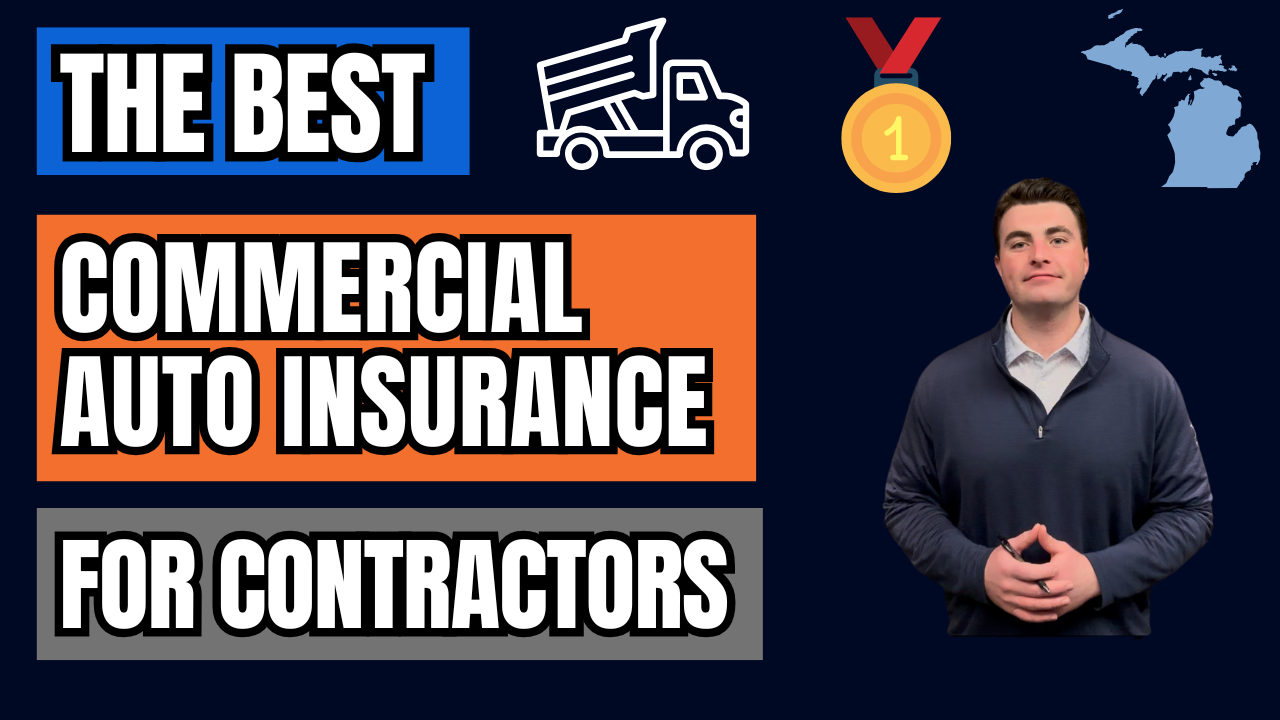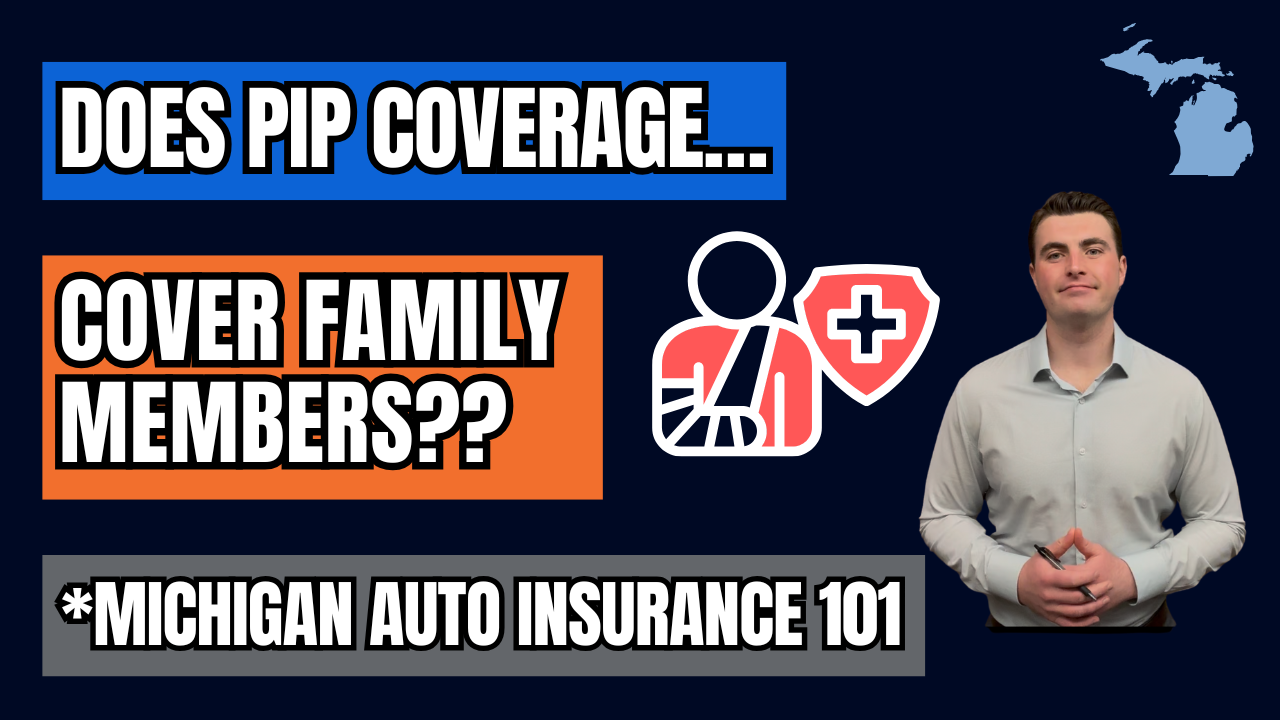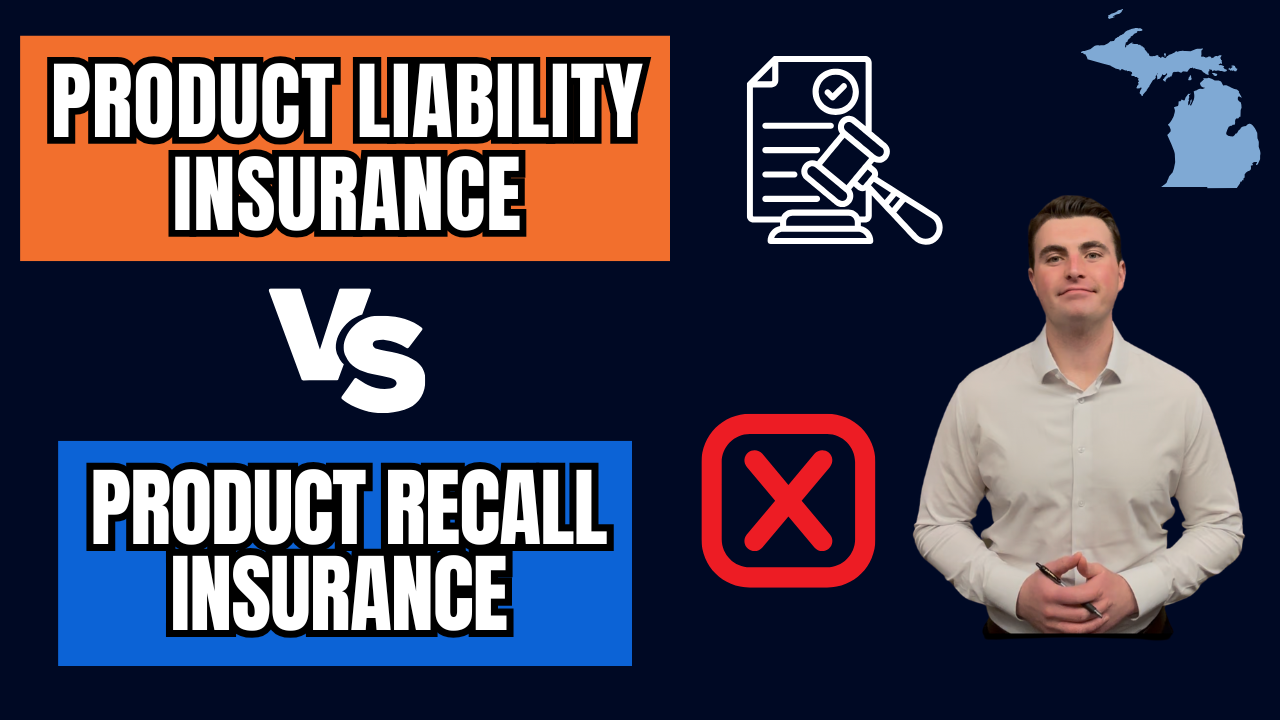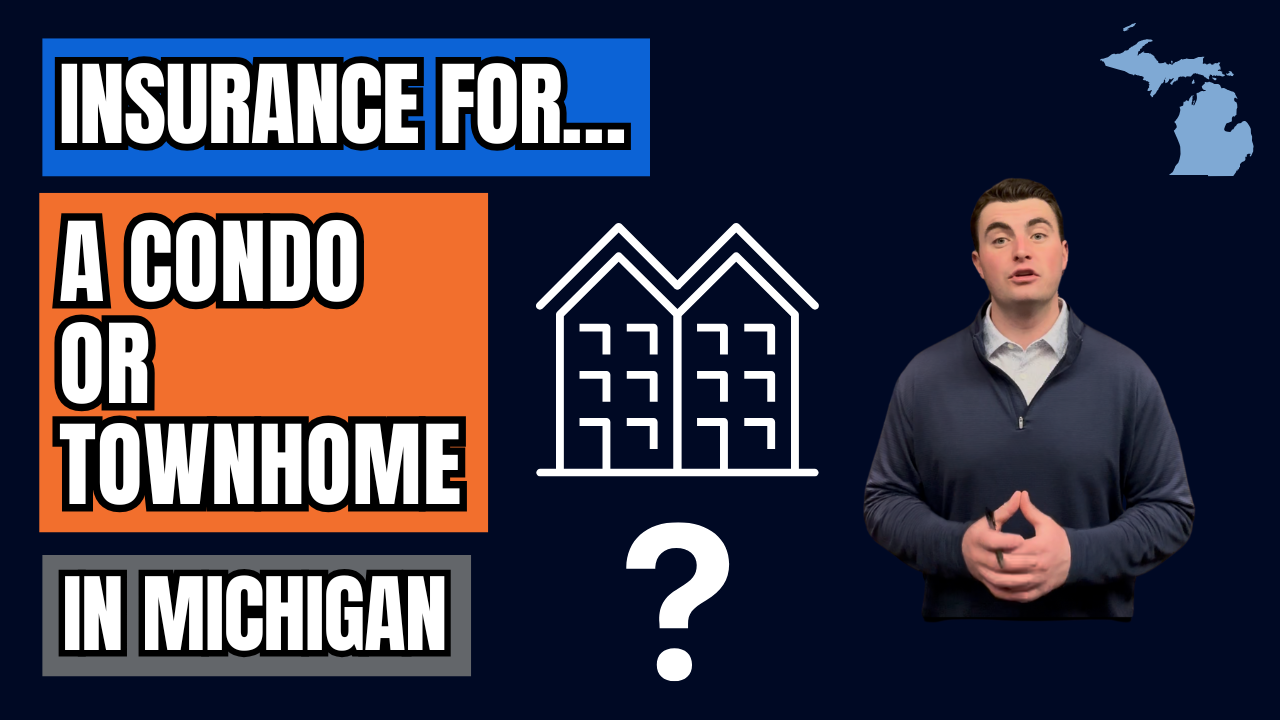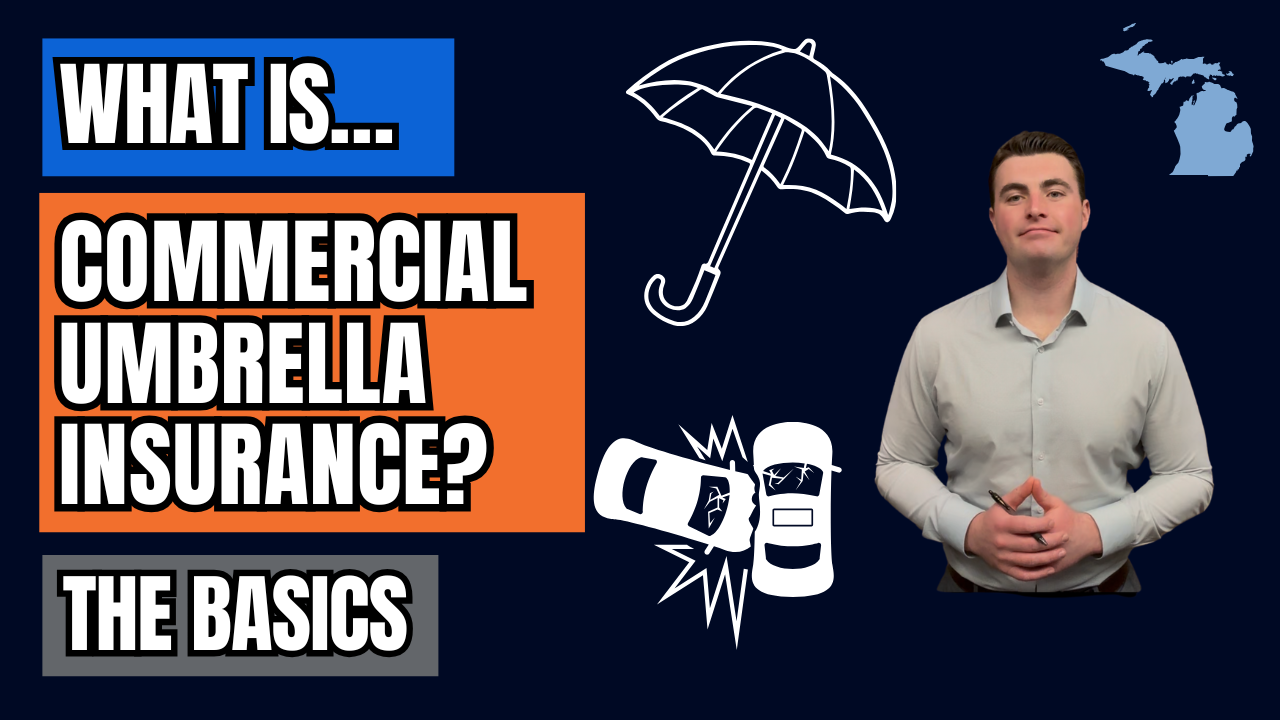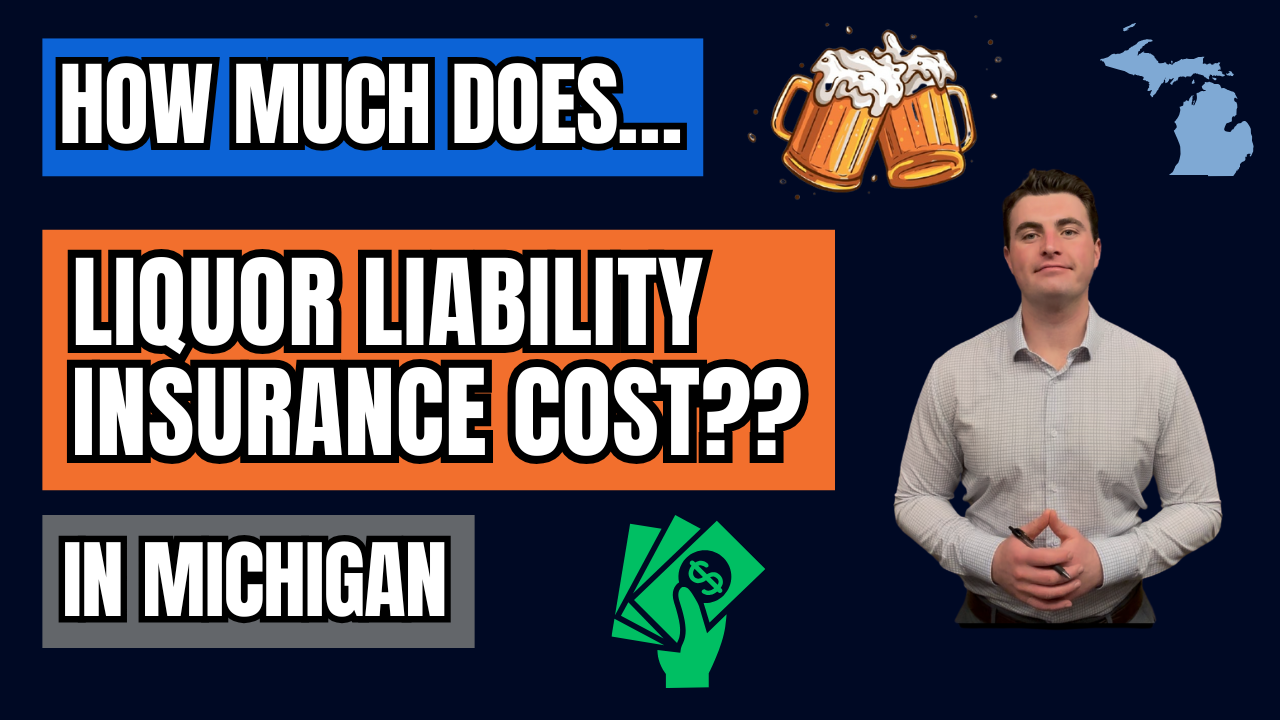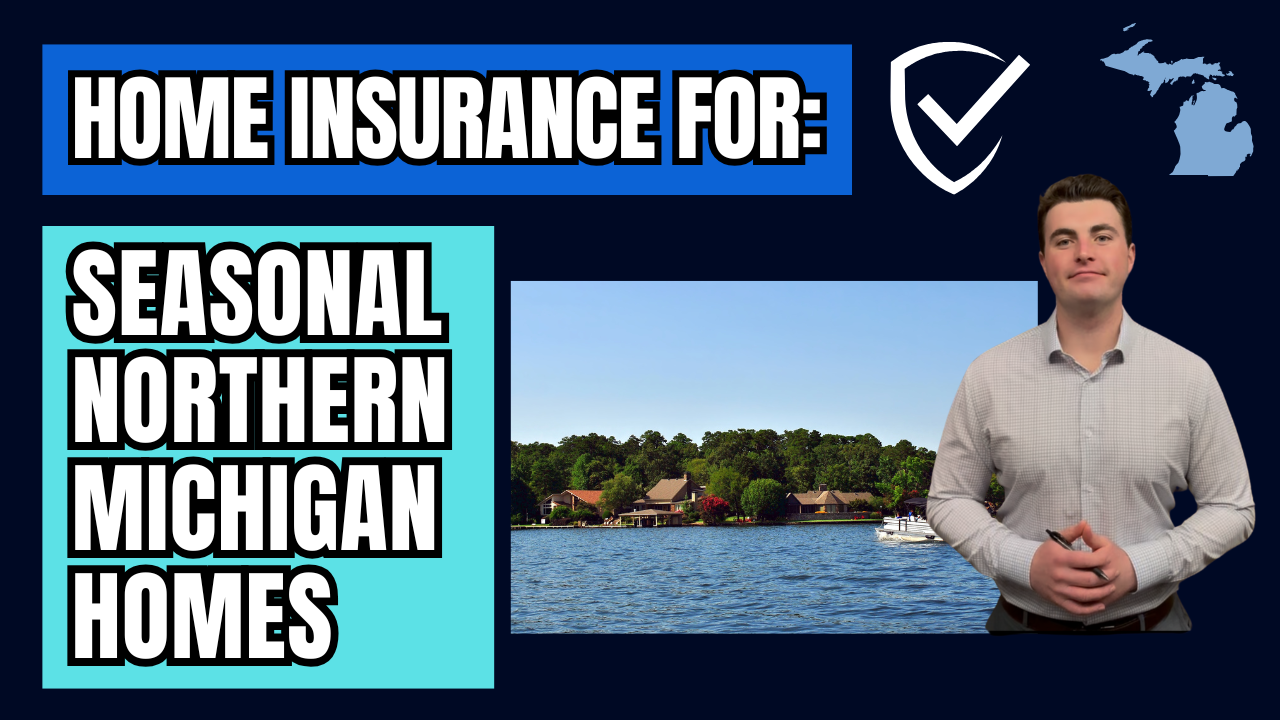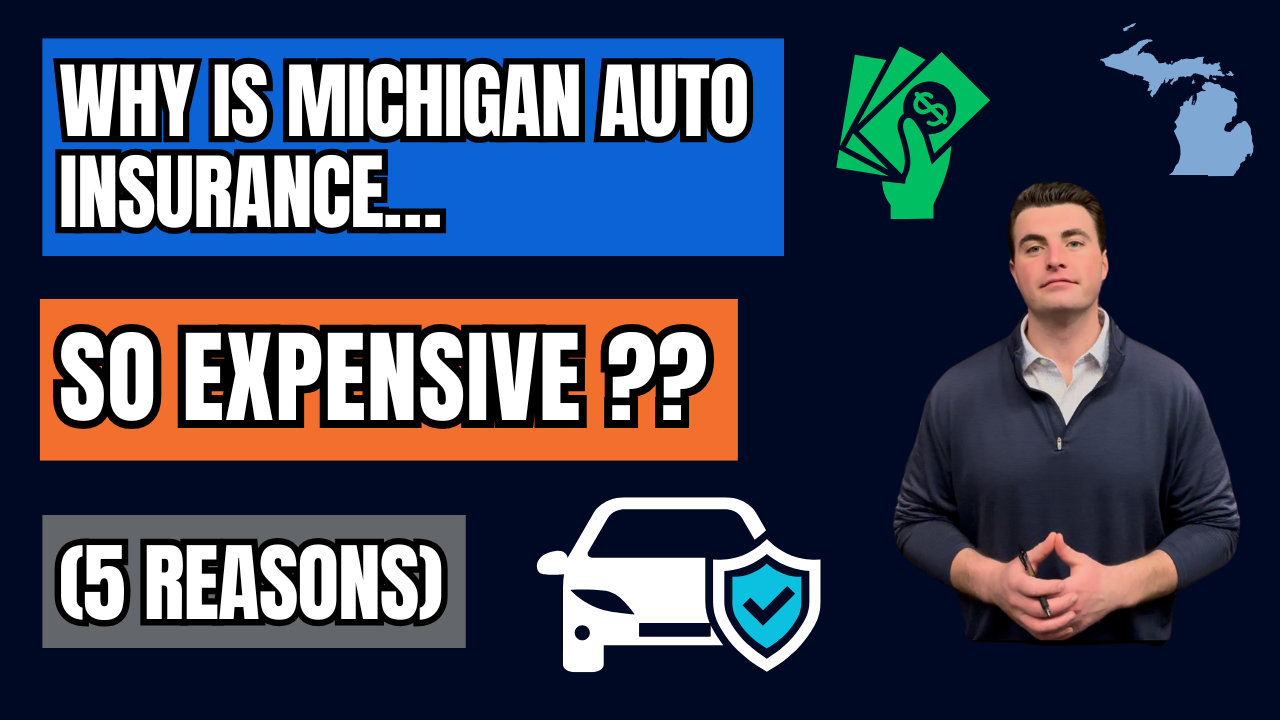What Are The Rates For General Liability Insurance? (FULL Breakdown)
What Are The Rates For General Liability Insurance? (FULL Breakdown)
If you’re wondering, “What are the rates for general liability insurance?”, you’re in the right place. In this post we’ll unpack how the cost of a General Liability Insurance (GL) policy varies, what business owners are typically paying, and what you should focus on to better understand your own premium. This mirrors the breakdown from the companion video, but offers the written deep dive so you can reference it anytime.
What Does General Liability Insurance Cover?
General liability insurance protects your business against third-party claims such as:
- Bodily injury (for example, a slip-and-fall accident at your premises)
- Property damage you cause to someone else
- Personal & advertising injury (such as libel, slander or copyright infringement)
- Products & completed operations liability (for example, a contractor finishes work and later a defect causes damage)
Having a solid grasp of coverage helps you understand why the rate varies so much — risk is the key driver.
How Much Does a GL Policy Cost? Reality Check with Averages
While there is no one “rate” that fits all businesses, industry surveys give us helpful benchmarks:
- Many small businesses pay around $500-$2,000 annually for general liability coverage.
- Some sources list an average cost of roughly $810 annually, though this can vary widely.
- One recent analysis indicates monthly GL premiums ranging from about $50 to $2,000 depending on business size, industry and location.
So, if you run a lower-risk business (small revenue, limited client exposure, office-based), you might be close to the lower end.
But if you’re in a higher-risk industry (construction, service work, heavy public exposure), expect substantially more.
Key Factors that Influence GL Insurance Premiums
Here are the major levers that drive your general liability rate — these align closely with what was discussed in the video.
Business type & industry risk
Your line of work is perhaps the single biggest determinant of your rate. For example, contractors, installers and other hands-on business types face more exposure than a home-based consultant.
Also, the insurer uses "class codes" to categorize businesses. Operating under multiple class codes (e.g., a flooring company that both sells and installs flooring) may mean higher rates. (This matches your video context.)
Revenue, payroll & subcontracted work
- For many businesses (eg retail or manufacturing) premium is rated on annual sales/revenue.
- For contractor and service firms, insurers often base premium on payroll and the total cost of subcontracted work.
- For property owners or landlords, factors like square footage and tenant type matter.
Coverage limits & contract requirements
Most GL policies cite limits such as $1 million per occurrence / $2 million aggregate. That means up to $1 million for a single claim and $2 million total for the policy term (usually one year).
If clients, vendors or landlords demand higher limits (for example $2 M/$4 M or more), that will increase your premium. Often businesses also purchase a commercial umbrella policy rather than simply increasing GL limits.
Claims history
If your business has a history of claims (bodily injury, property damage, advertising injury, etc), insurers view you as higher risk—and your premium can rise accordingly.
Location, premises & risk exposures
Where you operate matters. A business in a high-foot-traffic area, in a building with older construction, or in a region prone to disasters (flood, wildfire, etc) will pay more.
Similarly, the size and condition of your business premises influences your rate.
Deductibles, endorsements & bundling
Choices you make in your policy also affect cost. Higher deductibles or fewer endorsements = lower premium (with trade-offs). Bundling policies (GL + property + business owner’s policy) may also yield discounts.
How To Estimate What You Might Pay
Here’s a quick framework to estimate your ballpark:
- Identify your industry risk (low vs medium vs high).
- Estimate revenue / payroll / subcontractor cost as applicable.
- Use a baseline average for low-risk firms (e.g., ~$500-$2,000 annually) and adjust upward if: you’re higher risk, you need higher limits, you’ve had prior claims, you’re in a high-risk location.
- When you get quotes, ask: “Which class code(s) apply?”, “What are the limits per occurrence and aggregate?”, “Are there endorsements or exclusions I should know?”
Tips to Manage and Lower Your GL Insurance Premium
- Purchase only the coverage you need: avoid over-buying limits unless your contracts require it.
- Shop multiple carriers / brokers: rates vary widely even for similar operations.
- Improve your risk profile: maintain premises safety protocols, train staff, keep records. A clean claims history helps.
- Bundle coverages (e.g., GL with property, business owner’s policy) and pay annually if possible to reduce costs.
- Review your policy annually: as your business evolves (revenue changes, operations adjust), so should your coverage and premium.
Summary & Takeaways
- There’s no fixed “rate” for general liability insurance — premiums vary based on your industry, size, location, claims history and coverage choices.
- A good benchmark for many small businesses is ~$500-$2,000/year but that’s just a starting point.
- If you’re in a higher risk business or need higher limits, expect substantially more.
- Understanding how insurers evaluate class codes, revenue/payroll, limits and claims history will help you make informed choices and negotiate better.
- Make your policy work for your business (not just against you): balance cost vs protection, read the fine print, and update coverage as your business changes.
CTA
If you’d like help getting exact quotes for your specific business—based on your industry, size and operations—feel free to reach out. One of the best next steps is to identify your class code(s) and prepare your revenue/payroll/subcontractor numbers before talking to a broker.
Contact Us
We will get back to you as soon as possible.
Please try again later.
